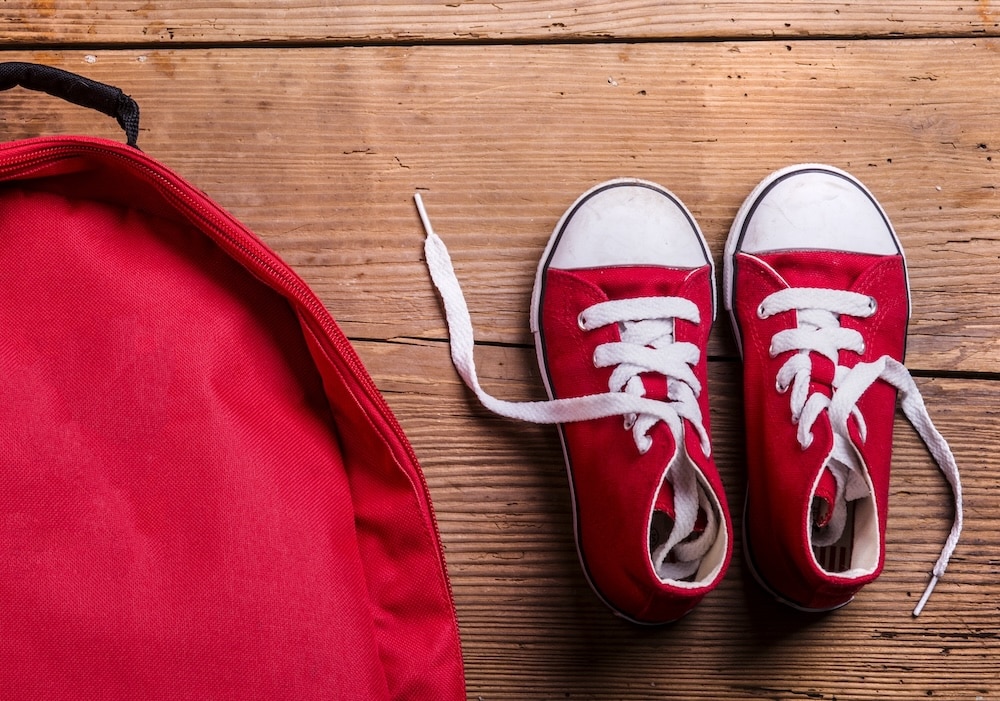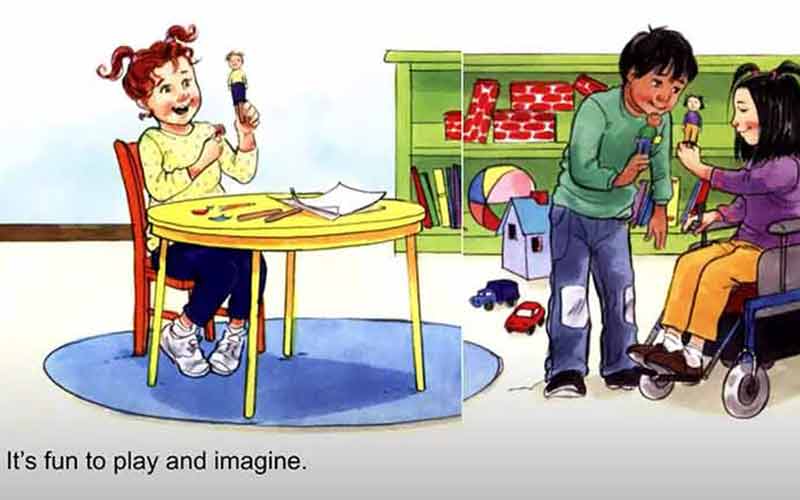TAKE-HOME STRATEGY
Supporting Problem-Solving with Others at Home

What It's About
Part of building social skills includes navigating social conflict.
Early on, your child will need lots of support from you to help them find solutions to problems that arise with peers. They will also rely on adults to help them take the perspective of someone else. Over time, children can learn how their actions affect others, how to voice their feelings, and how to agree on solutions to conflicts.
Here are some ways you can support Problem-Solving with Others at home. Keep in mind that you can change these activities to work for you and your child, based on their current abilities, interests, and what you have available at home. Make sure to use safe materials and watch your child closely during these activities.
Take a look, and try out your favorites!
Use Solution Cards
Read Books
Solution Pictures
Write a Story
Act it Out!
Watch Together
Quick Cues for Supporting Problem-Solving with Others
Some things you might do or say to help strengthen your child’s problem-solving skills with others
Talk About Problems and Solutions
Describe real-life problems and solutions or those in books or shows. Use situations your child is not involved in.
This can sound like:
“Dad and I both need the car at the same time. Maybe we should carpool!”
“Grandma and I both want the last cookie. What should we do?”
“What was their problem on the show? How did they work it out?”
Reflect the Problem
Describe the problem, or give each child a chance to explain the problem and how they feel. Then, repeat it back to them.
This can sound like:
“Oops, you accidentally bumped into their tower! I see you both look upset that happened.”
“I can see you’re upset. What’s the problem?”
“Okay, so you two are dancing, and both of you really want to pick the song.”
Encourage Them to Do It
Help children come up with solutions they agree upon. You can give suggestions, but if they’re ready, let them lead.
This can sound like:
“Oh no, you both want to use the puppet. Here’s another puppet, could this solve the problem?”
“How do you think you can solve your problem?”
“Would it work to take turns choosing the song? How?”
Our Book Recommendations for Problem-Solving with Others
Engaging stories that support children as they problem-solve with others

That's (Not) Mine
Written and illustrated by Christopher Weyant, this story highlights different ways to (not) solve problems with friends in a fun and engaging way.
Have fun with it:
Act out a social problem with your child and find a solution together for your pretend scenario.

Share and Take Turns
Written by Cheri J. Meiners, this book provides many opportunities to talk and think about social situations that young children may encounter in the classroom, such as sharing toys or taking turns.
Have fun with it:
Come up with even more solutions that could work for the characters in the book.
More Take-Home Strategies
We’re creating a library of resources like these so families and other caregivers can quickly and easily promote children’s development at home. Be sure to see all the strategies we have available!

